The artistic journey and growth represent a transformative exploration of creativity, self-expression, and personal evolution. For many, the path of an artist is not just a career choice but a deeply personal quest—one that often mirrors life itself. This journey involves discovering one’s unique voice, mastering new techniques, and navigating the complexities of creation. At its core, artistic growth is about evolution, whether it’s refining your style, exploring different mediums, or pushing boundaries to innovate. This article delves into the multifaceted nature of the artistic journey, examining how it fosters creativity, resilience, and a deeper connection with oneself. From overcoming challenges to embracing innovation, the artistic journey is a dynamic process that shapes not only an artist’s work but also their worldview.
Key Takeaways
- The artistic journey is a dynamic process of discovery, experimentation, and growth, emphasizing that art is not a final product but a continuous evolution.
- Every artist brings a unique vision shaped by their experiences, culture, and individuality, creating distinctive perspectives and niches in the art world.
- Embracing imperfection is crucial on the artistic journey, teaching resilience and patience while contributing to the overall progression of the work.
- Art serves as a mirror reflecting personal inner worlds, offering deep insights and fostering growth by exploring unexamined themes and emotions.
- One-line art exemplifies simplicity and innovation, transcending medium and style to create profound emotional and intellectual impacts, demonstrating that less can mean more.
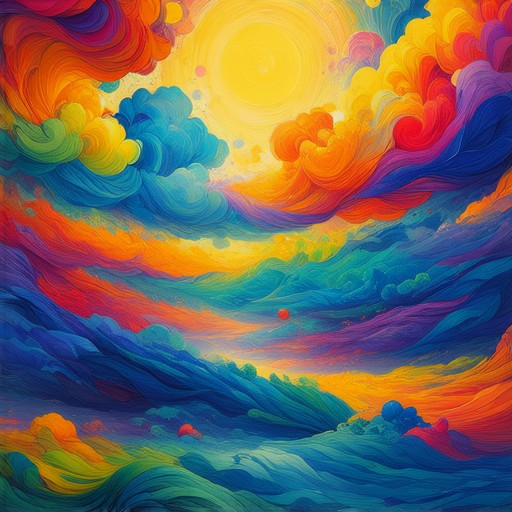
What is an Artistic Journey?
An artistic journey is a deeply personal and transformative experience that reflects the evolution of an artist’s creativity, technique, and self-expression over time. It’s a continuous exploration of ideas, mediums, and styles that ultimately shapes who a artist becomes as a creator.
Here are key aspects of an artistic journey:
1. The Initial Spark
The artistic journey often begins with a spark of curiosity or passion. This moment might come from observing the world around you, experiencing emotions deeply, or being inspired by others. It’s the starting point that ignites your desire to create.
2. Experimentation
Experimentation is crucial in an artistic journey. Artists try various techniques, materials, and approaches to see what resonates with them personally. This phase is about playfulness and discovery, where every piece doesn’t necessarily need to be perfect—it’s about the process of learning and growing.
3. Discovering Your Unique Style
As you experiment, you’ll begin to develop a distinct style that sets your work apart. This style isn’t just about technical skill but also about your perspective, emotions, and personal story. It’s what makes your art uniquely yours.
4. Refining Your Skills
With practice, you refine your skills and techniques. This might involve studying other artists, taking classes, or seeking feedback from mentors or peers. Every stroke, color choice, and composition decision becomes more deliberate and meaningful.
5. Sharing Your Work
Once you’ve found your voice, it’s natural to want to share your art with the world. This could mean exhibiting in galleries, participating in shows, or showcasing your work online. Sharing your journey helps connect with others who resonate with your vision.
6. Reflecting and Growing
Looking back on your journey allows you to see how far you’ve come. It’s also an opportunity to set new goals and push your boundaries. Every step forward, no matter how small, is a testament to your growth as an artist.
7. Documenting Your Journey
Documenting your artistic journey can be a powerful tool for reflection and motivation. Whether through journals, photos, or videos, capturing your progress helps you track your growth and celebrate your achievements.
Patrick Mettraux is a platform that inspires readers through storytelling and artistic reflections. Explore their blog for tips on nurturing creativity and joining a community of inspired individuals.
Explore Patrick Mettraux
This journey is a lifelong adventure, filled with discovery, challenge, and joy. Embrace every step as part of your unique path.
What Does Artistic Growth Mean?
Artistic growth refers to the process of developing and refining one’s skills in creating art, music, design, or any form of creative expression. It encompasses the journey from basic understanding and appreciation of art to advanced technique, innovation, and personal style. Artistic growth is not just about producing works of art but also about fostering creativity, imagination, and self-expression.
Here are the key aspects of artistic growth:
- Exploration and Discovery
Artistic growth begins with the exploration of different art forms and mediums. Whether it’s painting, sculpting, photography, or digital art, experimenting with various techniques allows individuals to find their unique style. This phase is crucial as it helps artists discover their preferences and strengths. - Skill Development
Mastery of techniques and tools is essential for artistic growth. This includes learning about color theory, composition, perspective, and other fundamental principles. Practicing regularly and studying the works of masterpieces can significantly enhance an artist’s ability to express ideas visually. - Self-Expression and Identity
Artistic growth often goes hand-in-hand with self-discovery. Through art, individuals can explore their emotions, thoughts, and experiences, creating a deeper connection with themselves. This introspective process helps shape their artistic identity and contributes to their personal evolution. - Experimentation and Risk-Taking
Growth requires courage to try new things and take risks. Artists who are willing to step outside their comfort zones often experience breakthroughs and develop distinctive styles. Embracing failure as part of the learning process is also vital for sustained progress. - Feedback and Reflection
Constructive criticism and feedback from peers, mentors, or workshops can provide valuable insights. Reflecting on past works and understanding one’s weaknesses and strengths is equally important for continuous improvement. - Persistence and Dedication
Artistic growth is a lifelong journey that demands patience and dedication. Consistent practice, curiosity, and a willingness to learn are key factors that contribute to long-term success as an artist. - Collaboration and Inspiration
Working with others, whether in group projects or collaborative ventures, can broaden an artist’s horizons. Exposure to diverse influences and cultures further fuels creativity and innovation. - Personal Evolution
Ultimately, artistic growth is about personal transformation. It reflects how individuals evolve emotionally, mentally, and creatively over time, leading to more meaningful and impactful artwork.
By embracing these elements, artists can unlock their potential and create works that resonate deeply with themselves and their audience.
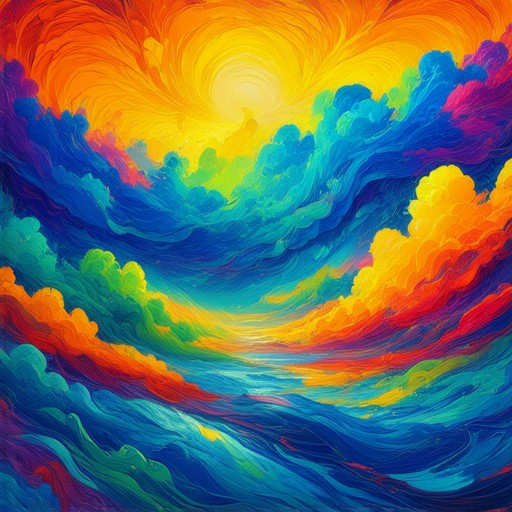
The 5 Cs of Art
The 5 Cs of Art are essential concepts that every artist should consider to create meaningful and visually appealing works. These principles guide the creation process and help in achieving a cohesive and impactful final piece.
- Creativity : The foundation of art, creativity sparks the artistic process. It involves thinking innovatively, experimenting with new ideas, and finding unique solutions to problems.
- Composition : This refers to how elements are arranged within a piece. Effective composition considers balance, harmony, and the viewer’s visual journey, significantly impacting the artwork’s impact.
- Color : Color is pivotal in conveying emotions and creating mood. Artists use color theory to mix and apply colors, influencing the artwork’s atmosphere whether warm, vibrant, or cool and calming.
- Contrast : Contrasts between elements like light/dark, shapes, and colors add visual interest and depth. High contrast can highlight specific parts of the artwork, drawing attention to details.
- Context : The surrounding environment or setting of the artwork provides meaning and tells a story. Context helps viewers understand the artwork’s significance and its narrative.
Each of these elements—creativity, composition, color, contrast, and context—is integral to creating art that resonates emotionally and visually with the audience.
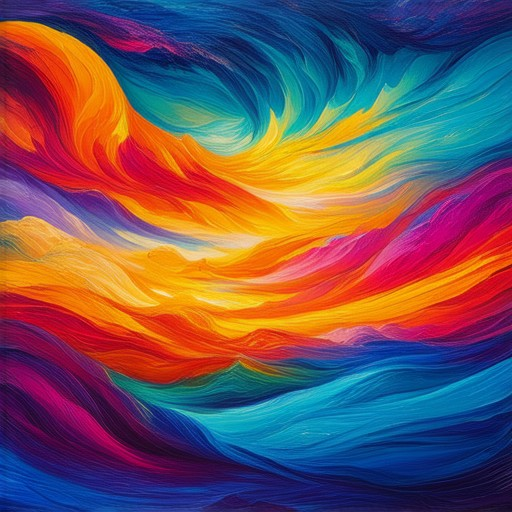
The Quote About Art Journey
**”Art Isn’t A Result. It’s A Journey.”
This profound statement captures the essence of the creative process, emphasizing that art is not a static endpoint but a dynamic, ever-evolving path. Here’s a deeper exploration of this concept:
- Understanding the Art Journey :
The journey metaphor highlights that art is a continuous process of discovery, experimentation, and growth. Every stroke, every canvas, and every medium represents a step forward, even if the outcome isn’t always perfect or polished. - Unique Vision :
Every artist brings a distinct perspective to their work, shaped by their experiences, culture, and individuality. This uniqueness is a testament to the journey itself, as each creator carves out their own niche in the world of art. - Embracing Imperfection :
The journey often involves moments of uncertainty and imperfection, which are integral parts of the creative process. These moments teach resilience and patience, reminding us that progress is as important as the destination. - Inspiration and Growth :
Art serves as a mirror reflecting our inner worlds, offering insights and fostering personal growth. The journey allows artists to explore themes, emotions, and ideas that might otherwise remain unexamined.
This perspective challenges us to view art not as a finished product but as a living, breathing experience that continues to evolve. It invites us to embrace the messiness of creation, knowing that each step, no matter how small, contributes to the larger narrative of our artistic journey.
Van Gogh’s Famous Quote
One of Vincent van Gogh’s most famous quotes is:
“I am the man who sought peace and found it in madness.”
This profound statement reflects Van Gogh’s intense emotional struggles and his unique perspective on life and art. His words continue to inspire countless people around the world, connecting deeply with themes of human experience and creativity.
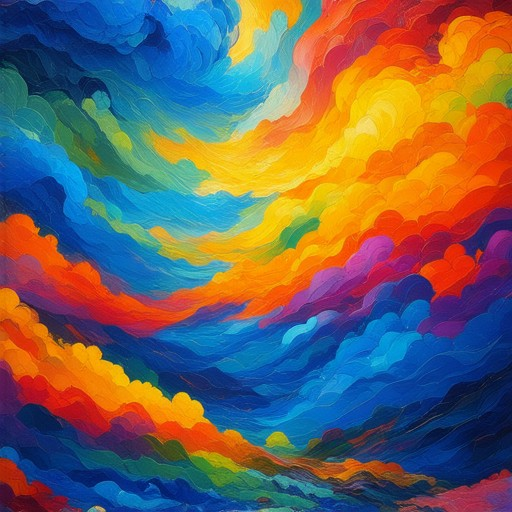
Most Famous One-Line Art
The most famous examples of one-line art showcase the power of simplicity and innovation. These works are celebrated for their ability to convey complex ideas through a single, continuous stroke.
- Dove of Peace by Pablo Picasso
One of the most iconic one-line artworks is Pablo Picasso’s Dove of Peace . Created during his later years, this piece is a striking example of how a single line can symbolize peace and hope. The dove is rendered in a minimalist style, emphasizing its purity and universal appeal. - Tree of Life by M.C. Escher
M.C. Escher’s Tree of Life is another masterpiece of one-line art. Known for its intricate yet simplified design, this woodcut print demonstrates Escher’s mastery of geometric shapes and symmetry. - Reclining Figure by Henry Moore
Henry Moore’s Reclining Figure is a powerful sculpture that challenges traditional forms of art. While it’s not a traditional line drawing, its abstract shape and sense of motion evoke a similar effect to one-line art. - Lines by Agnes Martin
Agnes Martin’s Lines series is a prime example of minimalistic one-line art. Her works consist of repeating straight lines that create a meditative and calming effect, reflecting her interest in both art and philosophy. - Globe with Two Hands by Eduardo Paolozzi
Eduardo Paolozzi’s Globe with Two Hands is a notable example of one-line art within the context of the Pop Art movement. Its bold and graphic style makes it instantly recognizable. - Woman II by Joan Miró
Joan Miró’s Woman II is a surreal and expressive piece that uses a single line to depict a powerful female figure. The artwork captures the essence of femininity and freedom in a striking manner.
These works demonstrate that one-line art can transcend medium and style, creating profound emotional and intellectual impacts. Each piece stands out for its uniqueness and ability to inspire, proving that less can indeed mean more.


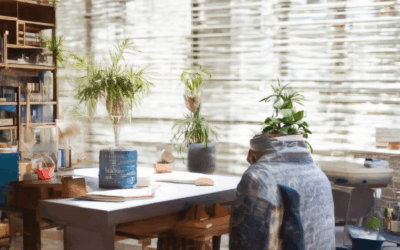
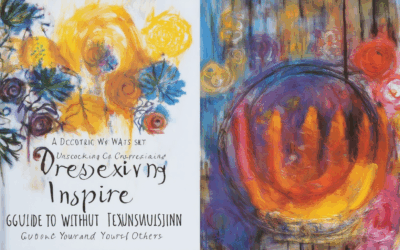

0 Comments